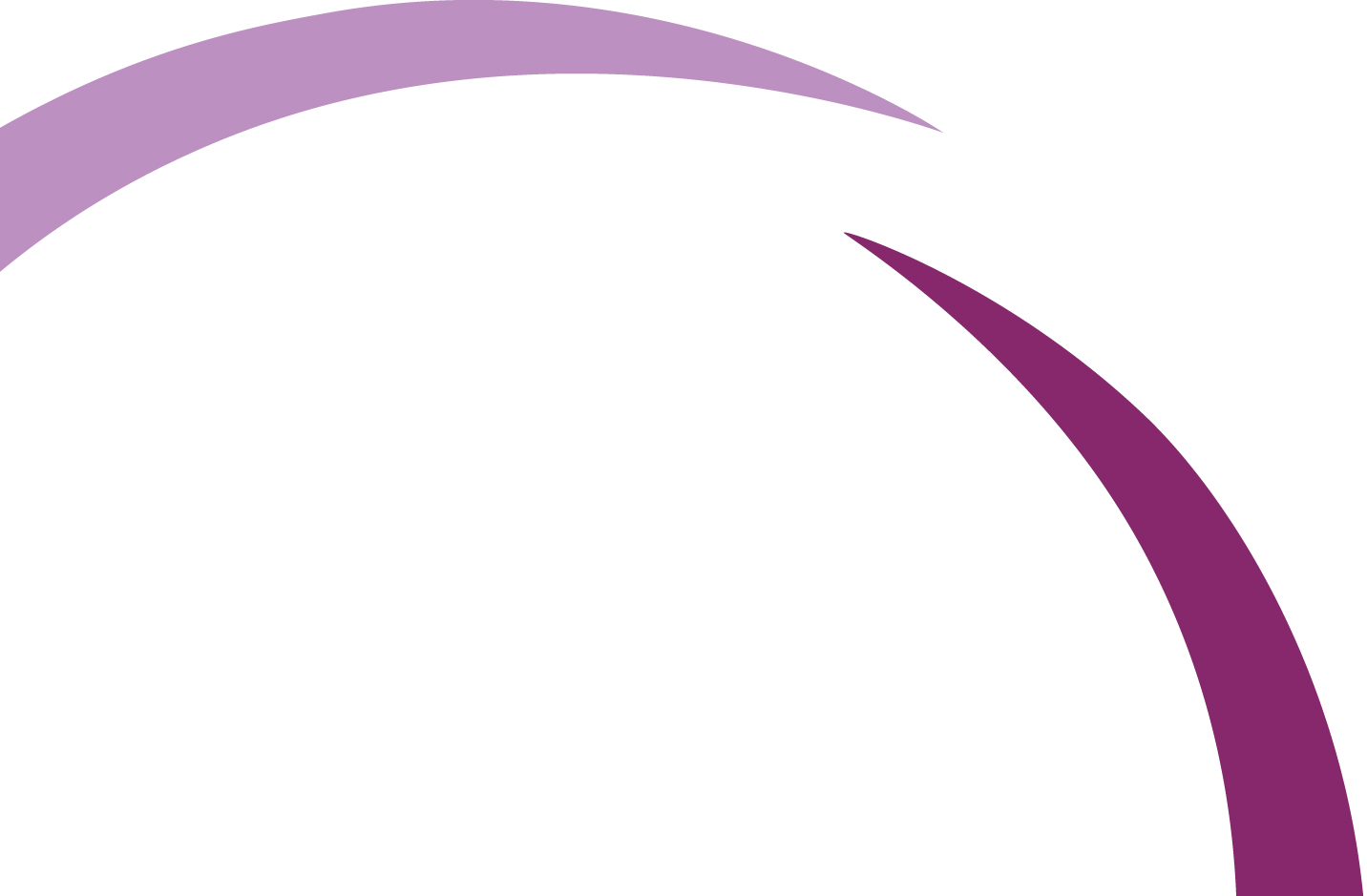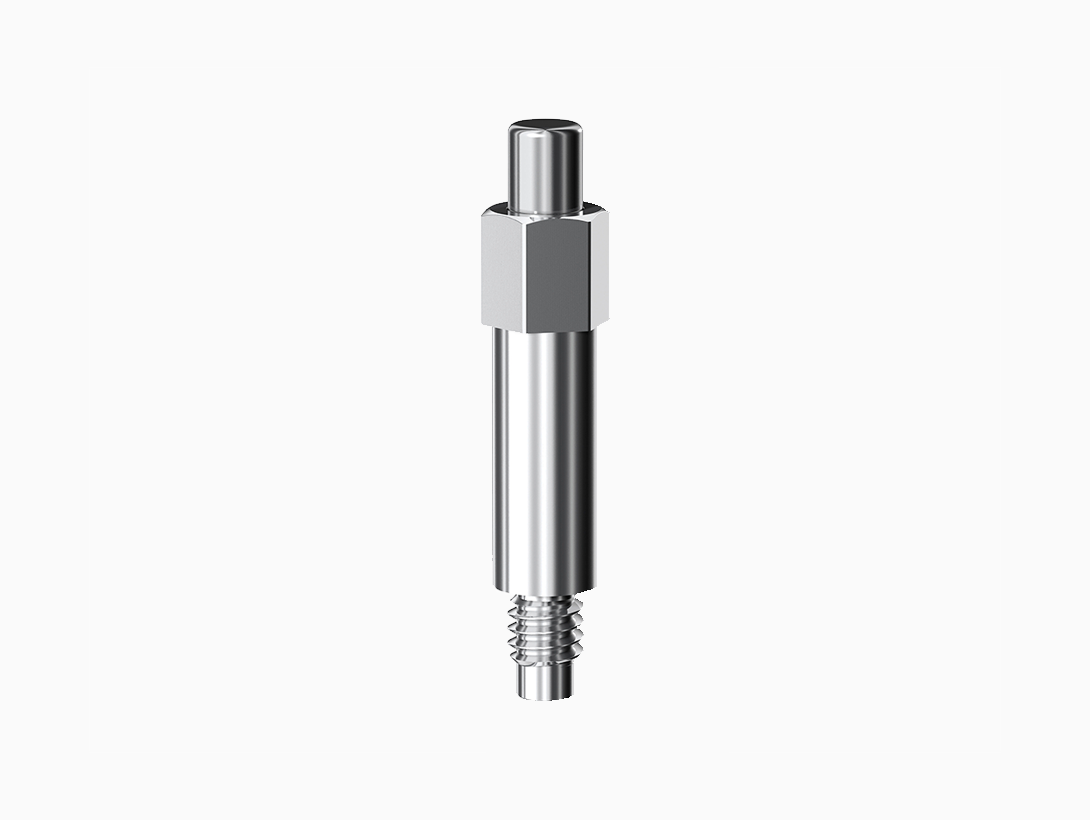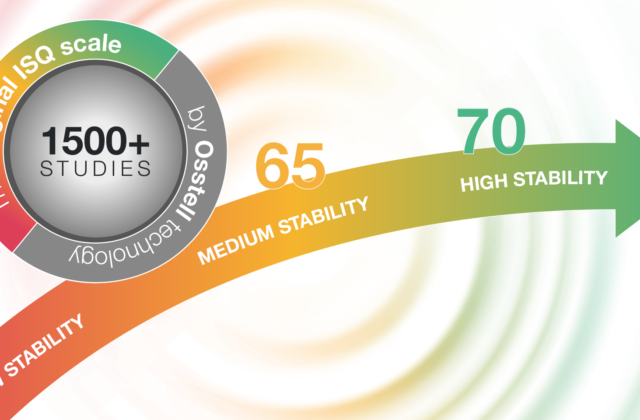
Patent Infringement Case | Update
Mar 17, 2018
A Swedish court has today ruled against Osstell in the case regarding infringement of Osstell’s proprietary ISQ technology, using Resonance Frequency Analysis.
“While the outcome is not what we had hoped for, we will continue to advocate for competition on equal terms. We truly believe competition is fundamentally healthy, but competitors should create their own technology. We have no choice other than to defend our valuable intellectual property rights, which are the results of many years of developments and investments in R&D and know-how by Osstell and its partners. It is also important to note that this decision only concerns a Swedish patent – not any of our other patents in any of the major markets, or within the EU. We will continue to defend our intellectual property. It is also important to remember that Osstell is the only scientifically validated solution, supported by more than 900 clinical studies to date.”, said Mr. Jonas Ehinger, CEO of Osstell.
Osstell filed a lawsuit against Integration Diagnostics Sweden in early 2016 for patent infringement. The claim was filed to stop unauthorized use of Osstell’s patented technology, and to recover damages caused by the infringement. However, as per the Court’s decision, the Swedish patent is deemed invalid due to the changes made during the approval process, compared to what was originally submitted in 2004 until the patent was approved in 2012. The infringement case is thus immaterial. The verdict can be appealed.
“Osstell and W&H going forward together will continue to focus on developing innovative products and solutions and to create additional value for our customers. The recent acquisition by W&H creates many new opportunities and will allow us to further strengthen the Osstell approach as a best practice when it comes to making implant treatments even safer and more predictable. The Osstell product road map will continue as planned, with innovative and exciting things ahead in 2018. We are investing heavily in the development of additional features and more supportive products – all with the same purpose: to ensure the best possible confidence about when to load an implant, so that each patient can receive the optimal treatment. Essentially our diagnostics is about peace of mind – for the clinician as well as the patient. Patients are the top priority.”, continued Mr. Ehinger.


